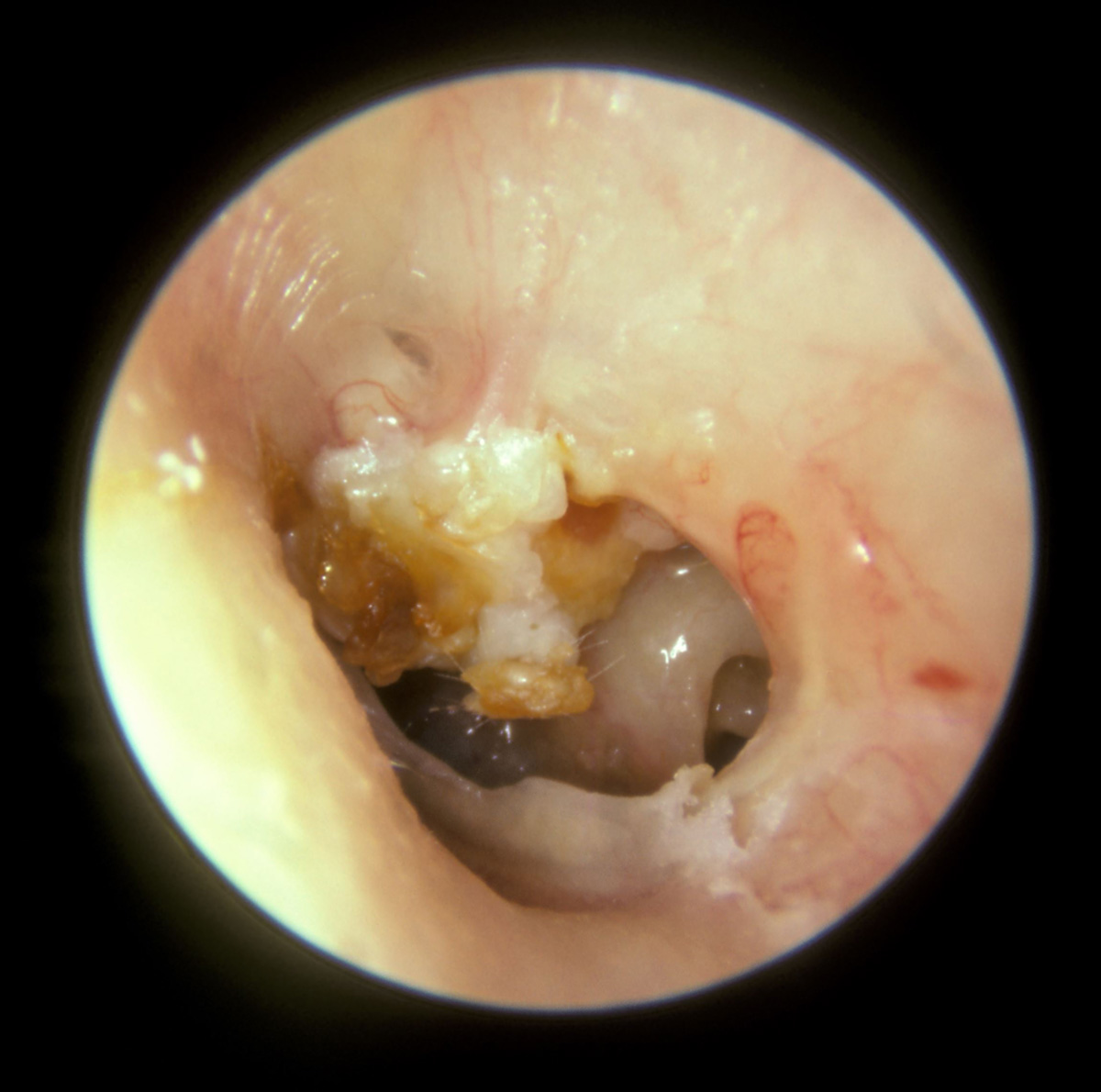
A perforated eardrum is a rupture in the thin membrane separating the middle ear from the outer ear canal. The cause of the perforation may be trauma, infection or negative pressure triggered by an airplane flight or underwater diving. This condition may cause further complications such as pain or temporary hearing loss.
Eardrum is almost transparent and is stretched all across the ear canal. The outer side is covered with skin while its inside is lined with mucous membrane. The sound is perceived in the brain by the vibrating of the eardrum and when it vibrates it touches the malleus attached to the center of the eardrum.
The malleus receives the vibrations, transmits them to the incus and stapes and the inner ear fluid and, finally, the nerves transmit the vibration to the brain. The middle ear is also connected to the nasal cavity by the euastachian tube.
Besides the sound transmitting properties, eardrum is also in charge of protection the middle ear from various infections and bacteria, so when it gets ruptured the risk of various infections gets increased.
The perforation of the eardrum usually gets triggered by middle ear infections that are related to infections of the throat and the nose. It may also occur due to a direct, pressure, loud noise or injury. The possibility of temporary hearing loss depends on the location of the perforation and the size of the opening it has caused. Loud noise can also trigger tinnitus which heals on its own is a matter of few days.
The ear canal usually gets inspected with an otoscope and the device makes the precise diagnosis possible since it allows the doctor to clearly see the opening in the eardrum or bone damage in the middle ear. Sometimes further tests are required, using and audiogram.
In order to treat a perforated eardrum one must relieve the pain and the pressure behind the membrane. If an infection occurs, it has to be treated separately as well, usually with antibiotics, while painkillers are used to relieve the first symptoms mentioned above. The condition usually heals on its own and it sometimes requires just a patch until the healing process is complete.
In severe cases one may need to resolve the situation with a surgical repair. The ear must be kept dry and clean during the healing process. One should avoid inserting any objects into the ear. Prevention of various infections will also help in reducing the risk of a ruptured eardrum.









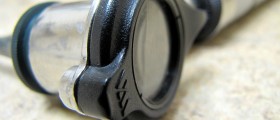

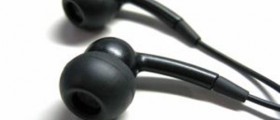
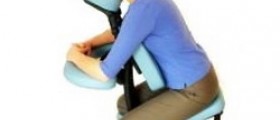

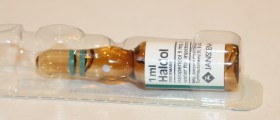


Your thoughts on this
Loading...